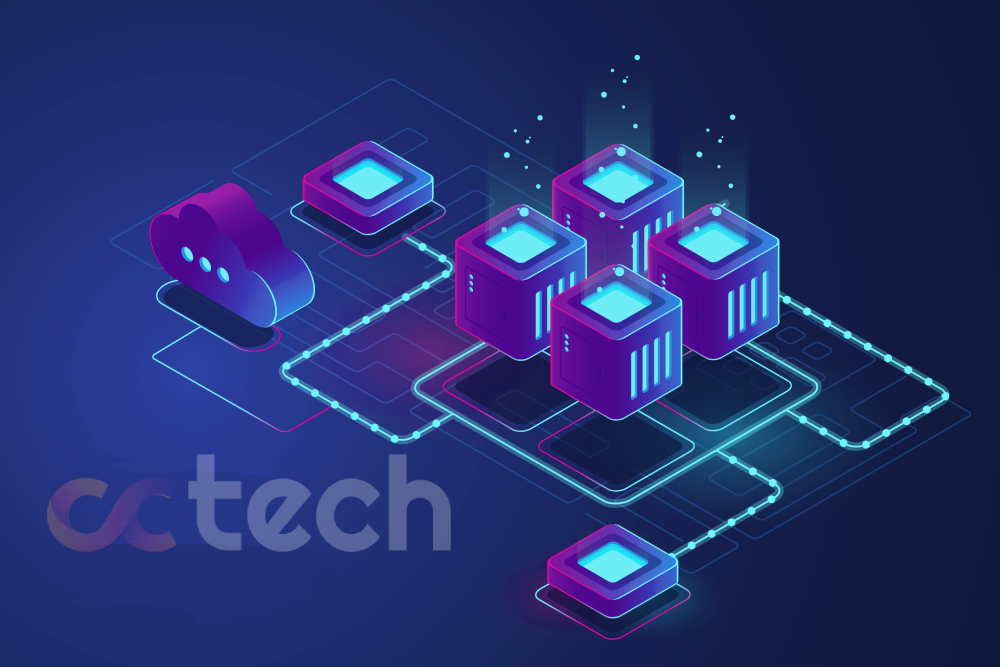
1. Artificial intelligence.
In simple words, AI is a very intelligent computer that can mimic humans in some ways, such as understanding what humans say, making decisions, translating from language to language, analyzing whether something is positive or negative, and even learning from their experiences. “Artificiality” is defined by the fact that “intelligence” was created by human hands using technology. Sometimes people say that AI has digital brains, but AI is not a physical machine or robot – it is a program running on a computer. AI works through processing colossal amounts of data with algorithms, which are a set of instructions, to create models for automating tasks that would normally be done by humans. Sometimes humans engage AI directly (e.g., asking some chatbot for help), but more often AI works in the background around us, suggesting words we type, recommending songs to listen to, generally determining a list of recommendations based on our preferences.
2. Machine learning.
If AI is the goal, then machine learning is how we achieve it. It is a section of computer science under the AI umbrella in which humans teach computer systems to do things through learning to identify patterns and make predictions based on them. Data is run through algorithms time after time, changing the input parameters and giving feedback each time to help the system learn in a training process – for example, practicing piano scales 10 million times to read music from a sheet in the future. This is especially useful for problems difficult to solve with traditional programming techniques, such as image recognition and language translation. This requires huge amounts of data and we have only been able to move in this direction in recent years, after more information became digitized, computer hardware became faster, smaller, more powerful and able to process this amount of information. This is why big language models that utilize machine learning, such as Bing Chat and ChatGPT – have suddenly appeared “on the scene”.
3. Large language models.
Large Language Models (LLMs), use machine learning techniques to process speech and simulate human communication. They are based on neural networks (NN), computer systems inspired by the human brain – the interaction of nodes simulating neurons and synapses. Such systems are trained on huge amounts of text to learn patterns and interactions in language and understand how to use human words. Their problem-solving ability is used to translate, answer questions as a chatbot, make a squeeze of text, and even write stories, poems, and computer code. They don’t have thoughts and feelings, but sometimes it looks like they do because they learn patterns and can respond as a human would. Using reinforcement learning based on human feedback (RLHF), developers coach the patterns to sound more conversational.
4. Generative AI.
Generative AI harnesses the power of large language models to create new things, not just by mechanically repeating or providing information about what already exists. It learns patterns and structures and then generates something similar, but still new. Generative AI can create pictures, music, text, video, and code. It can be used to create art, come up with stories, design products, and even help doctors with parts of administrative tasks. But there is a second side to it, it can be used by an attacker to create fake news and images that look like photos but are unreal. That’s why tech companies are working on ways to uniquely identify AI-generated content.
5. Hallucinations.
Generative AI systems can create stories, poems, and songs, but sometimes we want the results to be based on truth. Since such systems can’t distinguish reality from falsity, they can give inaccurate answers, which developers categorize as hallucinations, a neater term is falsification, such as if someone saw something that looked like a face on the moon and then started saying there was definitely a person there. Developers try to resolve such controversies through “grounding,” which consists of giving the AI system additional information from a trusted source that improves accuracy on a particular topic. Sometimes the system’s predictions are incorrect if it has not been given updated information after being trained.
6. Multimodal models.
A multimodal model can handle different types (or states) of data at the same time. It can look at pictures, listen to sounds, and read words. It’s an uber multitasker! The model can combine all the information, for example to answer questions about picture
7. Plugins
Plugins are similar to the apps we install on our phone. They cover specific needs that may arise, helping the AI do more without having to modify the underlying model. Plugins allow copilots to interact with other programs and services. They can help AI get new information, do complex calculations, or communicate with other programs. They make AI systems more powerful by connecting them to the rest of the digital world.
8. Copilots.
Copilot is like a personal assistant that works alongside you in all digital applications, helping with writing, coding, summarizing, and searching. Can help with decision making and understanding large amounts of data. Recent developments in large language models have made copilots possible, allowing them to understand normal human speech and provide answers, create content, or act as you work with different computer programs. Copilots are created with guidance from Responsive AI to ensure safety and well-intentioned use. Like the autopilot in an airplane, the copilot is not responsible, the responsibility is all on YOU, but the copilot is a tool to increase productivity and efficiency.
9. Prompts (instruction-requests).
A prompt is an instruction entered into the system (as text, image, or code) that tells the AI what task to perform. Engineers – and indeed all of us who interact with AI systems – have to carefully formulate prompts to get the desired results from large language models. It’s a bit like ordering a sandwich at Subway. You don’t just ask for a sandwich, you determine what bread to use, the type and amount of spices, vegetables, cheese, and meat to get a dish that is tasty and nutritious for you.
10. Responsible AI.
Responsible AI guides people in the process of designing safe and fair systems – at every level, including the machine learning model, the software, the user interface and the rules and restrictions for accessing the application. This is a key element, as these systems are often tasked with helping people make important decisions about people, such as education or health, but because they are built by humans and trained on data from a non-ideal world, they can reflect inherited biases. Much of responsible AI involves understanding the data that has been used to train the system and finding ways to reduce deficiencies to better reflect society as a whole, not just particular groups of people.








